ANTIGUA
Was built in 1485, the village has many good restaurants, cafes and a lovely church
AJUY
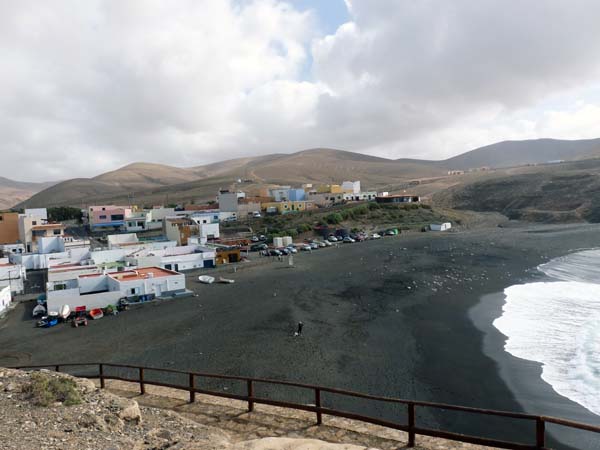
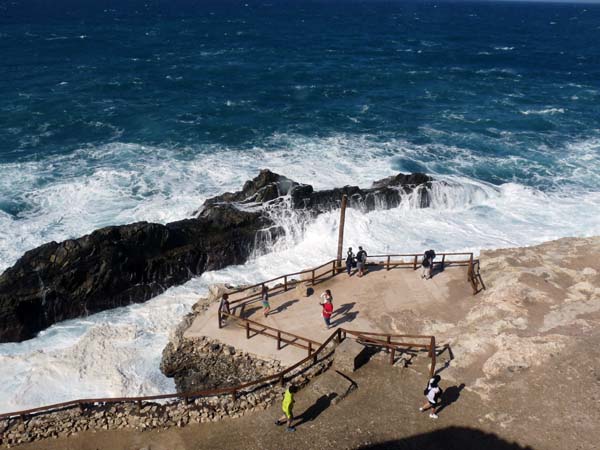
CORRALEJO
Is one of the main tourist towns as in the past years there have been many new developments going up, there is much to do in this town and many beaches tucked inside the village. Its main harbor docks many fishing boats and the ferry across to Lanzarote and Isla de Lobos.
EL COTILLO
A tranquil fishing village on the north west side of the island.
El Cotillo Old Harbor
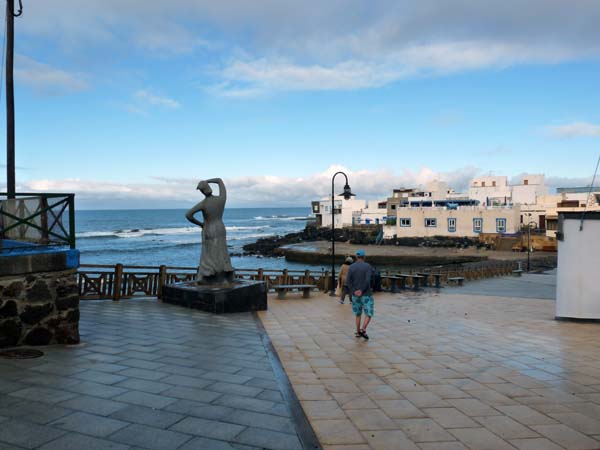
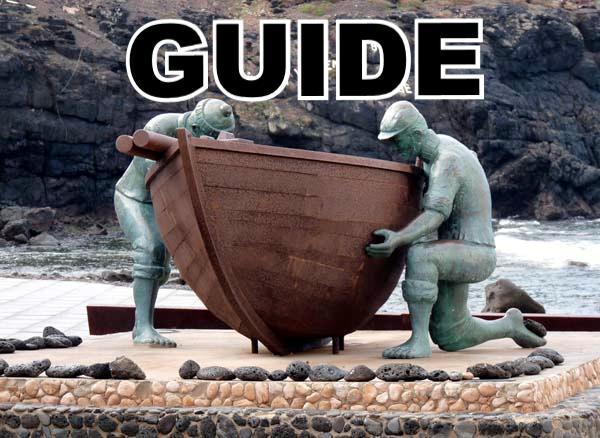
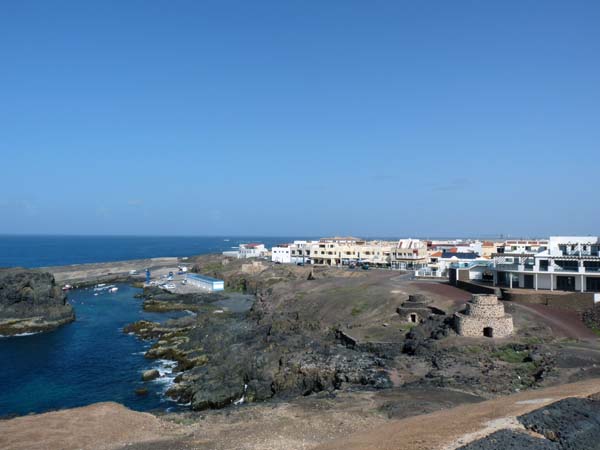
El Toston del Cotillo
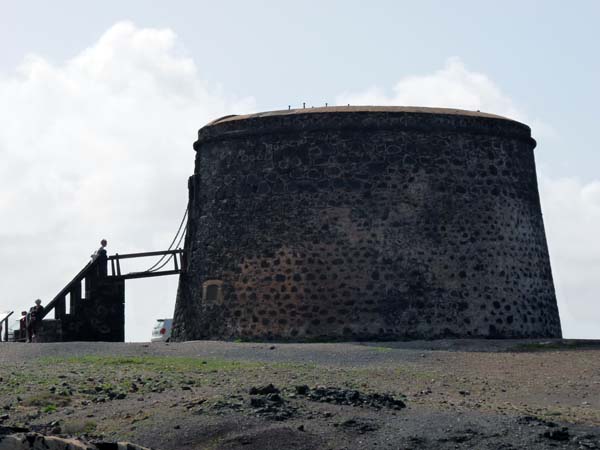
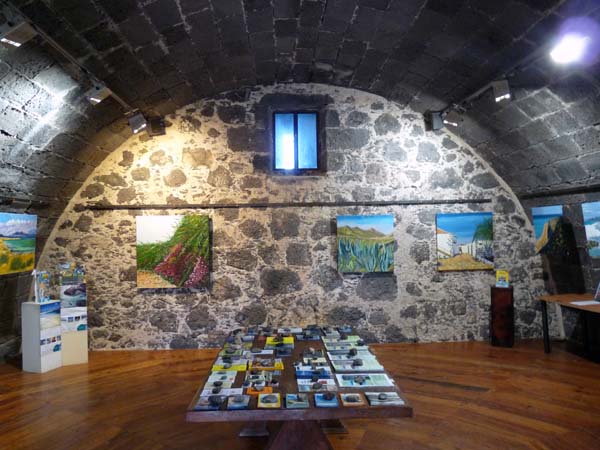
LA OLIVA
La Casa del Ingles
Situated just outside of the village of La Oliva (on the left hand side of the La Oliva to Villaverde road) this beautiful 18th century house, presently in a sad state of ruin will hopefully soon be restored. An excellent example of a typical rural bourgeois residence, the house was built during the peak of the village’s agricultural-commercial period by a family from La Palma active in trade with the Americas. The vagaries of fortune eventually resulted in its sale and it later passed for a period to an English naturalist named Mr Parkinson who spent long periods on the island studying its flora and fauna. The house is still known as the “House of the English” even though it later changed hands and was used for a diversity of activities including being occupied by the army after the civil war. For some years infantry troops used one part whilst the other was employed as an infirmary for the military forces that were located in La Oliva.
Long abandoned and in a very deteriorated state the beauty of the house is still evident and it has now fortunately been given the status of a Historic Monument of Cultural Interest and should be restored to its former glory; 15,000 m2 of surrounding land has also been given the protected status so as to ensure the preservation of its historical image. The two storey square house has thick stone walls, many interesting architectural features and is built around a large central patio. Although it is at present unsafe to enter, its atmosphere, evocative of past times on the island can be appreciated from outside.
LOS MOLINOS
This is a good place to have lunch, there is a pebbly beach and a catholic shrine decorated with seashells. There are also some interesting rock pools to explore if you are feeling adventurous. A barranco (ravine) feeding into the bay and this creates a nice environment for the ducks that have been introduced.
CALETA DE FUSTE
This fairly new and popular resort, was purpose built and the sandy beach “man-made”, there are many apartments and hotels in this area. The resort has a nice little harbour with facilities for deep-sea fishing, boat trips and diving. The sheltered cove is good for children and also an ideal spot for water sport beginners.
There is much to offer in the way of entertaining, bars and restaurants are in abundance, there are many shopping opportunities including a market on Saturdays and of course there is the new Golf Resort nearby.
Not far from the Golf Course there is a new Commercial Center that has a bowling alley and a cinema showing some of their films in English as well as some interesting shops. Caleta is a popular resort for holidaymakers as it is not far from the airport and has a good central location from which to explore the island; many British people own property and businesses in the area. Known to the locals as Castillo on account of the small 18th century fortress that can still be found here, its name Caleta de Fuste means Cove of the Fuste (which is a wooden seagoing vessel) because one was anchored at the cove many years ago. Nearby is the newer resort of Nuevo Horizonte which may soon merge intoCaleta, an attractive walkway already links them along the coast.
A short ride away, (or a nice walk for the fit) is the Salt Museum (Las Salinas) which is both historically and interesting as the Canary Islands, being on the route of migratory birds between Africa and Northern Europe, is host to many species either in transit or coming to pass the winter. The attraction of the birds to Las Salinas is of great ecological value and interest. The epochs most interesting to observe them are spring and autumn(pre and post nuptial) and winter when they come for alimentation, rest or to mature.
A few kilometres away from Caleta (and linked by a frequent bus service) is the islands capital Puerto Del Rosario which is becoming more attractive culturally with its open air sculpture exhibitions, and art events and more popular with female visitors due to the opening of a large new Shopping Centre! (Las Rotondas.)
LA PARED
La Pared (The Wall)
Remains of a structure that originally measured more than 6 kilometres, La Pared was an aboriginal stone wall that once crossed “El Istmo de Jandia” dividing the island from Barlovento to Sotovento. Much has been destroyed by development but remains of the wall can still be seen along with traces of 40 aboriginal structures and it is planned to declare this area and the remains as a protected area of special archaeological interest, meanwhile all building licences in its vicinity have been suspended.
The wall once divided the two Kingdoms of the aboriginal island, the southern, then called Herbania, ruled by Ayoze and the northern, Maxorata, ruled by Guise.
The 15th Century chronicles of the conquest mention the wall that “crossed the land from coast to coast.” as do those of the 18th Century explorer Rene Veraneau. One hypothesis is that it was created as the two Kingdoms could not live in harmony and the wall provided protection from aggressions, another claims that the island was divided not in two but in three parts, this explained why the two Kingdoms were so disproportional in terms of size. Perhaps Ayoze governed what is now the Peninsular of Jandia, there was a third Kingdom between them and Guise governed the remainder of the island. Another hypothesis claims that there was once another wall dividing the central part of the island from the two Kingdoms and that this was kept as an ecological reserve exploited only in times of critical scarcity. We may never know just why the aboriginal people built the wall but it is an interesting place to visit- a vast area of sandy terrain as the conquerors noted; “There is a sandy area that measures a league from coast to coast and there can be seen a great wall of stone that divides the island from shore to shore.”
BETANCURIA
Vega de Rio Palma
An Oasis in Fuerteventura tucked away where no eyes can see, this is how you feel when you visit this smal river. It is a great place to have a bbq and also a very nice walk. Follow the path to the end of the river you will find a small church.
Betancuria was the capital of the island up until 1834 it was named after Jean de Bethencourt. The village has been taken care of very much and is a great attraction for tourist as most of the history of Fuerteventura is here.